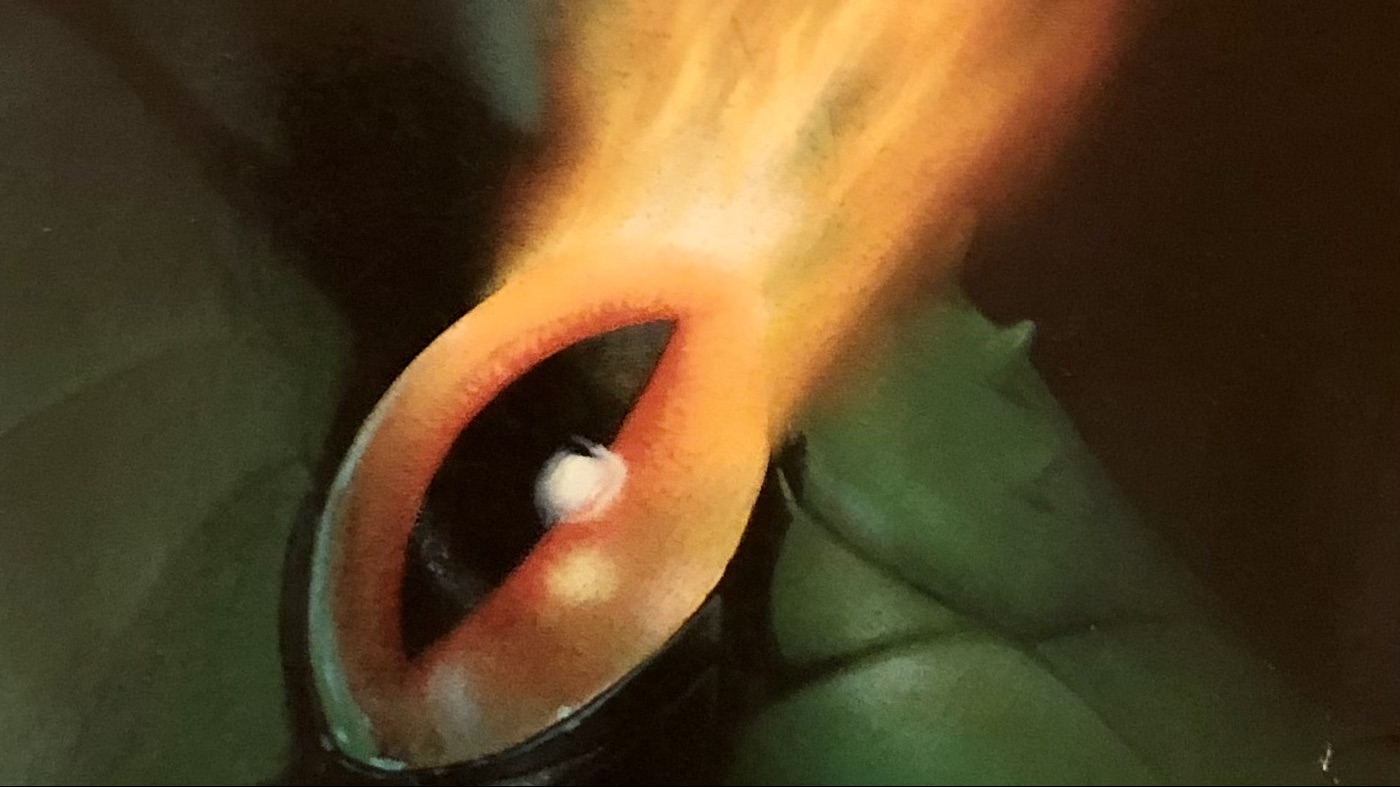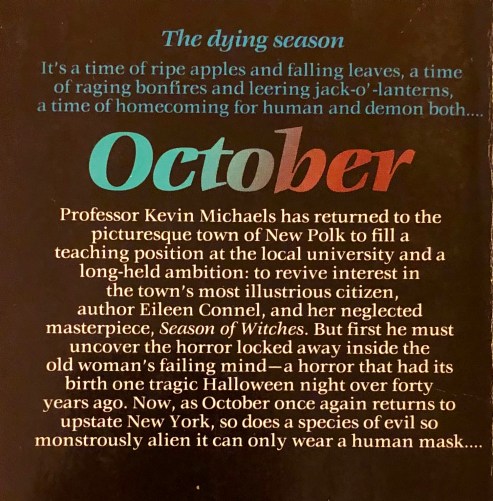
The days are growing shorter and more and more plastic skeletons are showing up on my lawn, so you know what that means. It’s time for an October edition of Thrift Store Finds. This time, we’re taking a seasonal approach and looking at a book that combines the sweet, sweet terror we crave with the high holy day of horror, Halloween.
There’s no denying the connection between horror lovers and Halloween. Being a fan of maniacs with machetes and grief-filled ghosts doesn’t necessarily make you a Halloween head, but the Venn diagram between the two is pretty tight.
If you were to crown a King of Halloween, Al Sarrantonio would definitely make it to the short list. The Bram Stoker award winner has dabbled in dozens of subgenres throughout his forty-year career, but a good deal of his stories feature the holiday prominently. He even wrote a full series called The Orangefield Cycle, a cosmic horror epic about a pumpkin farming town that is also secretly the home of the lord of death Samhain.
So when I decided I wanted to kick off the season with a Halloween-themed paperback, choosing Sarrantonio was a no-brainer. Problem is, I might have picked the wrong book.

When I picked up October, I expected a spooky fall story about a man on a mission to uncover the mystery surrounding his favorite writer. The back cover said as much. What I got was a strange, experimental novel packed with more characters and storylines than its thin premise could hold.
Truth be told there aren’t that many point of view characters. First we meet James Weston, a famous actor who has become host to a horrible evil lurking inside him. Next we meet writer Eileen Connel whose battle with Alzheimer’s disease causes her to lose time. Three chapters in we meet Kevin, the English professor obsessed with learning Eileen’s secret. And Davey Putnam, the troubled foster kid, is right behind him. But even as Sarrantonio moves his cast into place, there is a loose, unfocused quality to the story that the author never seems able to tighten into place.
The problem really comes down to plot execution. The story’s central question is what is the evil hiding inside James Weston? But instead of weaving the character’s stories together early in the plot to help centralize that question, they mostly stay in their own lanes until deep in the third act. This results in a story where most of the characters don’t even know there is a problem for most of the book. Without a big, scary issue to solve the stakes are low, and the lack of forward momentum is palpable.

Kevin spends most of the book trying to figure out Eileen’s secret, but we’re given no information about what that secret might be. Does he mean the secret to her skill as a writer? A personal secret? We have no idea. Meanwhile, Elieen’s chapters, which are written in first-person present tense to emulate Alzheimer’s disease, are challenging to parse. “The black caissons, her hands on the flat, lucid panes, sadness only. If she told the doctor that she was changed, that it was only a poem about peace, would he believe her?”
The story is at its best when troubled foster kid Davey runs away from home only to get entangled with our big baddie James Weston. Abused and neglected by his foster parents and bullied by kids at school, Davey is easy for the reader to connect with and even easier to root for. It’s in these storylines that Sarrantonio’s talent shines.

There are other good reasons to read October this, um, October. Sarrantonio has a deep love of the aesthetics of fall, and reading his descriptions of the season are transportive. Fallen leaves are “the colors of a red rainbow,” while autumn itself is “bittersweet inevitability.” Nearly every chapter sees Sarrantonio weaving seasonal images into his narrative that are a pure delight: dry corn fields, rusted carnivals, and ripe apples under clear, cool skies. Just try this paragraph describing a neighborhood street ready for Halloween on for size:
“Newspaper-stuffed scarecrows with pumpkin heads, and stuffed black witches with brooms and peaked charcoal hats above long faces, guarded porches. Windowpanes were crowded with jointed skeletons, white bones bent into dancing position, smiling skulls making them look vaudevillian. Every porch and stoop held a pumpkin—fat, bursting at the seams, ripe, dark orange, uncarved. There were autumn baskets of gourds: fat and hard, green, deep yellow. One picture window had a jointed cardboard banner that said in big, shaky white letters, BOO!”
I don’t know about you, but I could read that description once a day.
In the end, October was a fine enough read for the season, but for all of Sarrantonio’s skill—not to mention his devotion to the season—I found myself putting this one down more often than I picked it up. Sarrantonio is an utterly impressive writer with a massive bibliography, so there was bound to be a book in the pile that wasn’t my favorite. But the central story has still stayed with me, and while parts of the book were not a treat, that is one hell of a trick.
Think I should have shown Al more love? Look no further than my review of The Worms.
